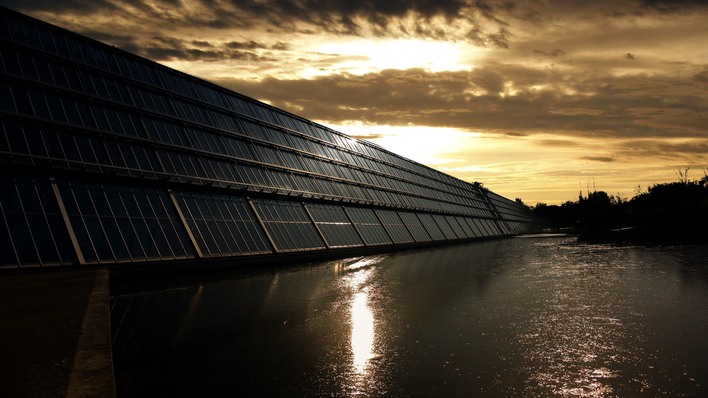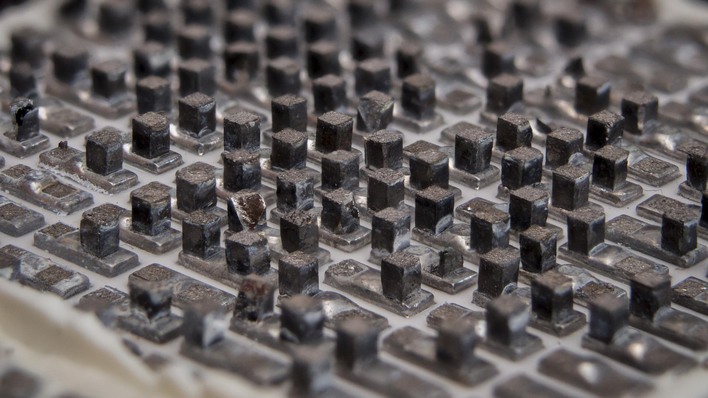Stanford Researchers Develop Solar Panels That Can Also Generate Power At Night

Sitting out in the sun as they do, though, solar panels get quite hot. Heat is energy, and simply letting it dissipate into the air is essentially wasting it. It's possible to turn waste heat into energy using an effect known as the Seebeck effect.
If you're a PC hardware enthusiast, you're probably familiar with thermoelectric cooling (TEC). These coolers, also known as Peltier-effect coolers (or just "Peltier coolers"), use electricity to rapidly transfer heat from one side to the other. Well, the Seebeck effect is essentially the reverse of that—using the transfer of heat, thermoelectric generators create electricity from the difference in potential.
The inside of a Peltier cooler. This one's seen better days.
Thermoelectric generators actually predate thermoelectric coolers, but it isn't until recently that advances in materials and manufacturing have made them of much interest for commercialization. There's been talk of using them in industrial applications, like power plants, for making use of process-based waste heat, and some folks have pondered using them in cars to recapture waste energy from the engines and braking.
A group of researchers had the bright idea a couple of years ago to retrofit commercial solar panels with thermoelectric generators, and now, some real smart fellows over at Stanford University have made it a reality. The end result was a solar panel with improved output in the daytime and a tiny bit of output throughout the night. While daytime output can run up to nearly 200 watts per square meter, the nighttime output was only around 50 milliwatts for the same region.
That's four-thousand times less energy, but it's significantly more than the panels were producing at night before, which is to say "none." Fifty milliwatts isn't much power at all, but a decent-sized solar array could still produce a few watts at night. That's more than enough power to run nighttime LED lighting, or sensors and monitoring equipment for the array.
The researchers' paper was published in Applied Physics Letters, and you can find the full text there, although you'll have to be a member (or buy access) to read it. As with most research of this type, this concept is still a ways out from commercialization, but it might be sooner than you think given that the experimental modifications were done using off-the-shelf panels to begin with.


